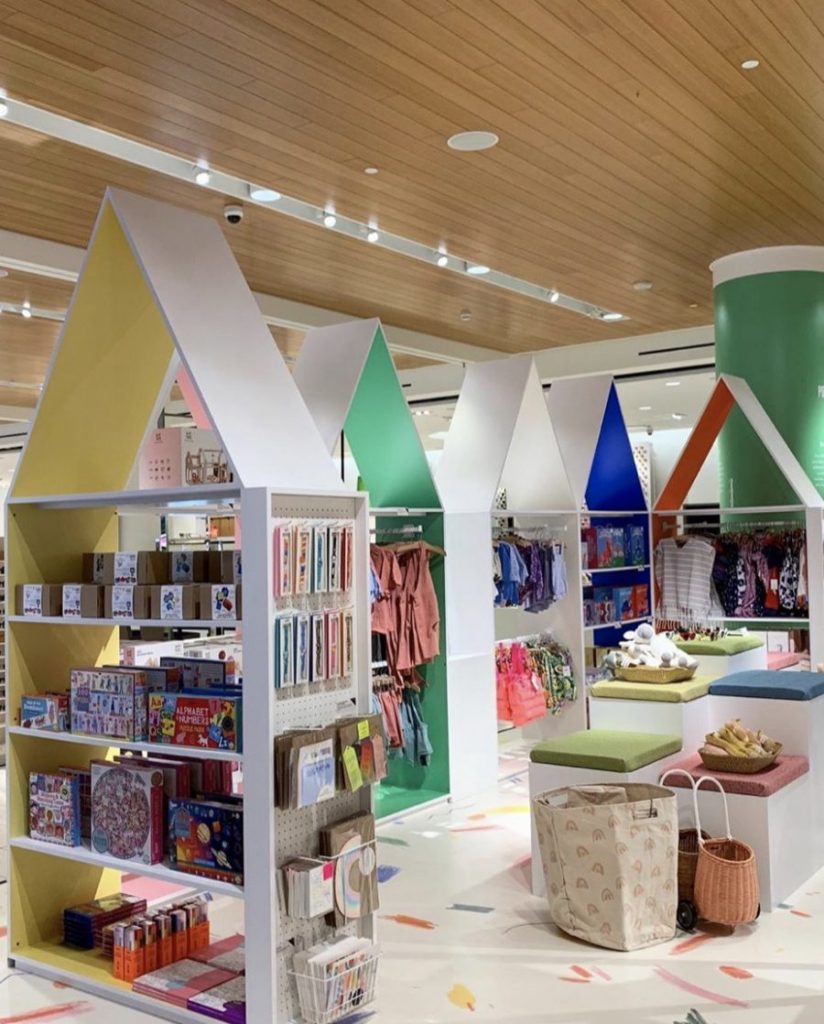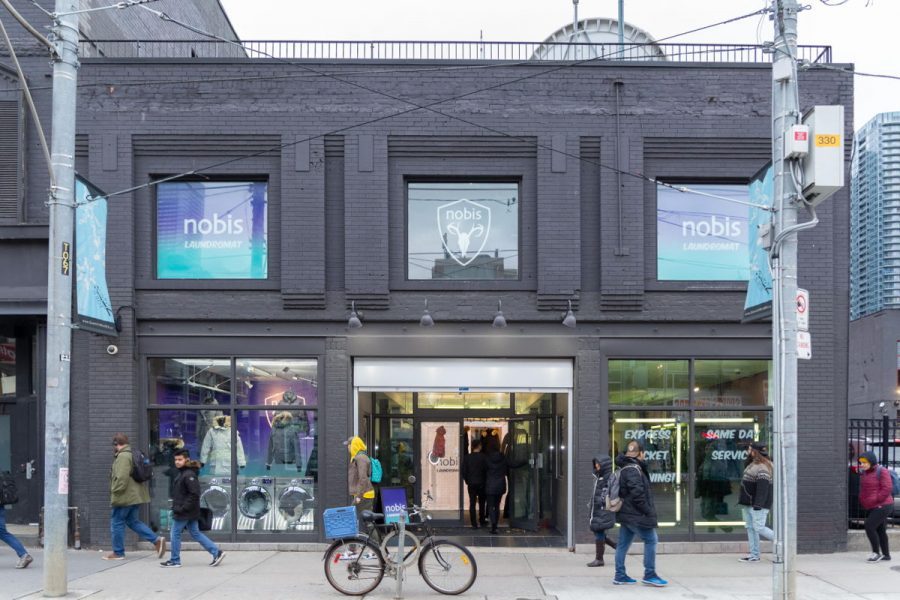The pop-up shop is having a major moment – and we’re not complaining. Once reserved for warehouses, the pop-up shop has gone on to occupy street fronts, space within existing stores, transformed shipping containers, and even prime mall real estate.
Whatever the venue, the common theme is that the pop-up shop exists for a limited-time engagement. But why? There are myriad pop up shop perks worth exploring. So let’s go through some of them right now!
It’s that short but sweet lifespan that facilitates a sense of urgency in shoppers.
For retailers – especially smaller and less established ones – one of the main benefits of pop up shops is that they can be operated fairly cheaply. In other words, they are extremely cost effective.
This perk is underscored by how online shopping continues to increase in popularity. While you may notice one shuttered brick-and-mortar store and shopping mall after another, and while commercial real estate costs in cities like Toronto continue to soar, pop up shops help businesses gain real-time presence and foot traffic without the typical expenses and barriers to doing so.
Not only do business owners avoid long-term pricey leases, but pop-ups also offer a low-risk means to experiment with new concepts and to connect with a larger audience, conducting hands-on market research as they get to know their customer (both old and new).
For e-commerce retailers, the pop-up allows experimentation with a physical presence – something that can offer telling results.
Another key benefit of pop up shops is the means to collaborate with complementary and like-minded brands that they offer.
In March 2019, Toronto boutique Poor Little Rich Girl, a staple for cocktail dresses and gowns, partnered with a handful of other brands for a lucrative prom-themed pop-up at Upper Canada Mall.
The pop-up allowed the brand to reach a different demographic (that being the suburban mall shopper), resulting in new in-store and online customers – both prom shoppers and their style-seeking mothers.

It’s not just the smaller players who are turning to the pop-up space as companies like Amazon, Nordstrom, and Lululemon have experimented with temporary installations.
“Pop-ins” – shops established with another retailer – are gaining quick traction. For example, the first floors of four Bloomingdale’s stores in New York, L.A., and San Francisco house a 1,500-square-foot pop-in called the Carousel and it’s at this mass collection of pop up stores and pop up events that the merchandise and design are switched up every few months.

For some brands, the pop-up is more about the experience (a.k.a. a strategic public relations move) than the sales.
For example, a few years back, IKEA opened IKEA Play Café in Toronto, where shoppers could sample the company’s famous meatballs, play games, and shop a limited selection of kitchen products. In 2017, Chanel also made headlines when it opened up pop-up cafes around the world to introduce its new beauty products and clients could even enjoy a beverage along with a mini makeover.
We’ve also seen brands pop up with a charitable agenda. For example, Canadian outerwear brand Nobis held a pop-up called Laundromat in Toronto during the winter holidays, where guests were invited to donate and “launder” a gently used jacket to families in need. For each jacket donated, the company donated $100 to the cause.

Facilitating the pop-up cause, a handful of opportunity-recognizing businesses designed to connect retailers with temporary retail space have entered the scene.
For example, short-term real estate technology start-up thisopenspace allows brands to sell in real life and with flexible terms. Having started as a rotating retail space in Vancouver, the company allows businesses of all sizes to showcase their brands with access to temporary storefronts and services like staffing, merchandising, sales, and analytics.
In Toronto, we are also seeing more real estate dedicated specifically to pop-up shops, like spaces within Stackt Market. The shipping container-filled marketplace opened up shop earlier this year to house a mix of fixtures and pop-up space for brands like sustainable Japanese brand Puebco – who set up shop last summer – and an assortment of Canadian designers, who recently joined forces for a holiday-themed pop-up.
It seems the pop-up shops aren’t going anywhere — they’re the best thing to shake up the retail world since online shopping.
Some of Canada’s biggest brands started in the pop-up space, and companies like Kit and Ace, Knixwear, and Indochino grew by the way of the pop-up. The strategy is working: according to a survey from Storefront, 80 percent of global retail companies that have opened up a pop-up shop said it was successful.
Whether designed to generate buzz or dollars, when everyone from big-box retailers to restaurants and salons are jumping on the lucrative pop-up bandwagon, it’s safe to say they won’t “pop down” any time soon.
